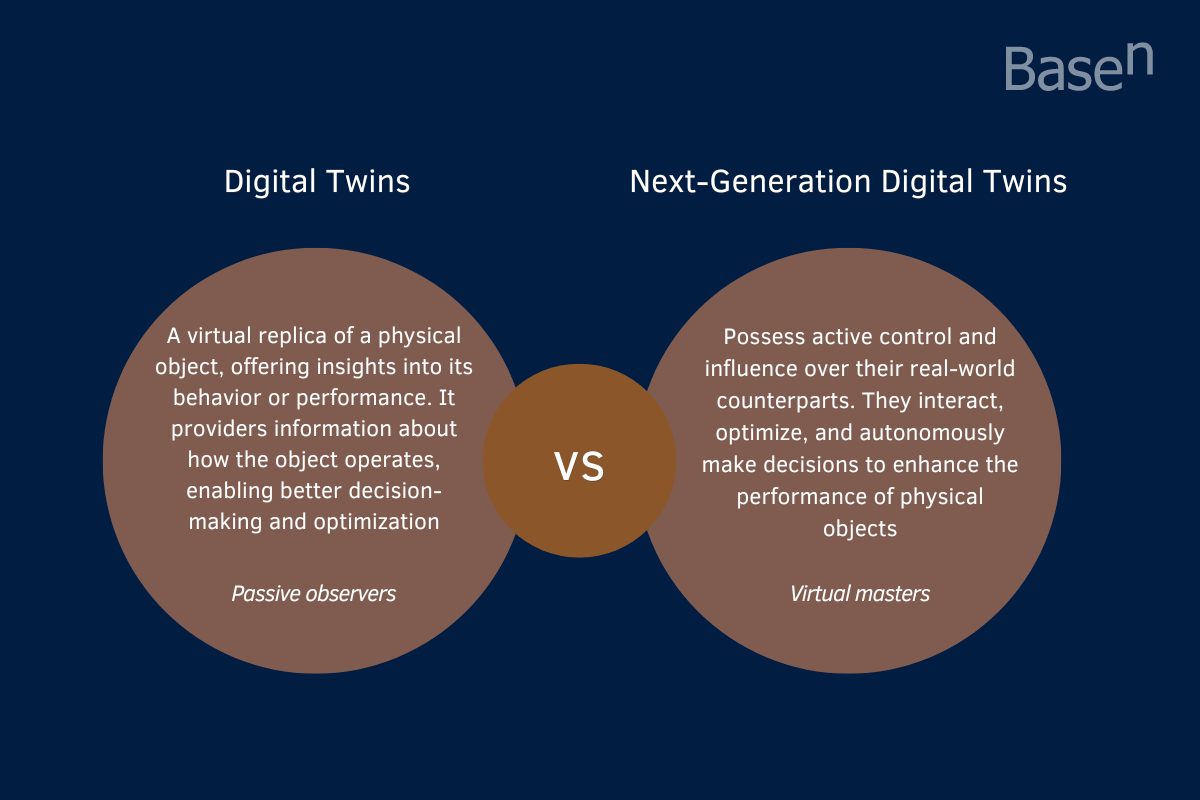Lately, I have been pondering how to make the maritime industry greener – after all, the environmental impact of the massive vessels dominating our oceans are not the most environmental friendly vehicles. But can next generation digital twins change this? Can virtual master objects of ships help us improve efficiency and and minimize our ecological footprint? Let’s delve into this concept and discover how digital twins can revolutionize our journey towards a sustainable future.
- Optimizing Performance and Environmental Impact: Next generation digital twins are virtual masters of ships, leveraging sensors and advanced technology to provide real-time insights into a vessel’s performance and environmental implications. Only through harnessing this data, we gain valuable knowledge that empowers us to optimize operations, improve efficiency, and diminish our carbon footprint. t. But the real benefit comes through one key feature of the next generation digital twin. The ability to control and influence their physical counterparts. They act as virtual master objects continuously monitoring and optimizing the physical assets performance. Next generation Digital twins incorporate advanced technologies like artificial intelligence machine learning and real time analytics. These technologies empower them to make autonomous decisions, identify patterns and optimize resources in real time.
- Fueling Efficiency through Data Analysis: Through thorough examination of data pertaining to fuel consumption, emissions, and engine efficiency, the next generation digital twin brings targeted adjustments to propulsion systems, routing, and maintenance practices. This fine-tuning enables us to operate ships with greater efficiency, resulting in reduced environmental impact.
- Enhancing Energy Efficiency: Next generation digital twins empower us to utilize energy resources prudently by factoring in variables such as weather conditions and ocean currents. By monitoring fuel consumption and employing advanced analytics, a ship’s next generation digital twin identifies and rectifies inefficiencies, enabling us to navigate in the most energy-efficient manner. This approach not only reduces emissions but also safeguards fragile marine
- Predictive Maintenance for Sustainable Operations: Next generation digital twins play a vital role in preventing unexpected breakdowns, thereby reducing the need for repairs. By continuously monitoring ship components and systems, next generation digital twins detect potential issues before they escalate. This proactive approach to maintenance saves time, money, and energy while fostering safer and more sustainable operations by curbing unnecessary fuel consumption and emissions.
- Fostering Collaboration for Industry-wide Change: Next generation digital twins facilitate collaboration among all stakeholders in the maritime industry. By sharing data and working collectively, ship operators, port authorities, regulators, and technology providers can enhance efficiency and promote sustainability. This collaborative approach enables the establishment of best practices, industry standards, and drives innovation, ultimately shaping a greener maritime
With digital twins as our guiding compass, the maritime industry can sail towards a greener future. Leveraging next generation digital twins’ real-time data, advanced analytics, and predictive capabilities, we can optimize ship performance, bolster energy efficiency, and reduce our environmental impact. Simultaneously, through collaboration and a shared commitment to sustainability, we can steer the maritime industry towards a prosperous and environmentally responsible horizon.




